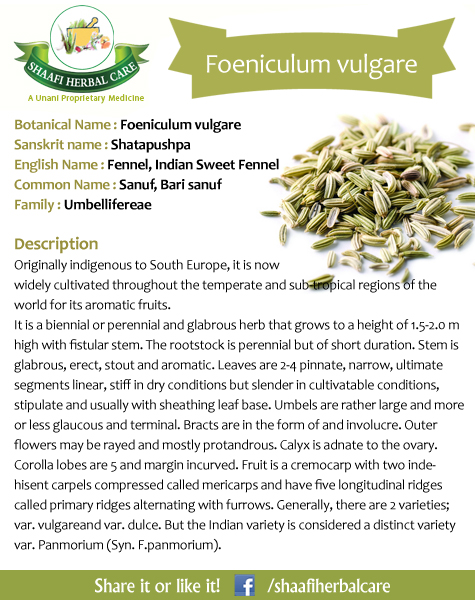
Description of Leptadenia reticulata:
It grows in the sub-Himalayan tracts of Punjab, U.P. and throughout the Deccan Peninsula up to an altitude of 900 m, in India.
L.reticulata is a much-branched twining shrub. The bark is yellowish brown, corky, deeply cracked; the leaves are ovate-cordate, coriaceous glabrous above, more or less finely pubescent beneath; the flowers are in many-flowered cymes, greenish yellow; the follicles are sub-woody and turgid.
Principal Constituents:
The plant contains a triterpenoid, leptadenol (C30H50O). It also contained n -triacontane, cetyl alcohol, ß-sitosterol, ß-amyrin acetate, lupanol 3-O -diglucoside and leptidin1.
Pharmacology:
A number of studies have been carried out on the galactagogue property of the plant in laboratory animals. Studies on the lactogenic property of L.reticulata were carried out on lactating rats using pup weight, body weight of mother rats, and histopathological study of lactating mammary gland, as well as the secretory rating, parenchyma percentage, estimation of glycogen content (of the abdominal mammary glands) and the protein content (of the pectoral mammary glands) as parameters. While both stigmasterol and the ether fraction of L.reticulata showed lactogenic effect, as assessed by all these parameters, stigmasterol was found to be more potent2.A herbal preparation with L.reticulata as one of the nine constituents is said to exert beneficial effects on the gametogenic and androgenic functions of the testes of animals. It showed anabolic cum androgen like activity as evidenced by the dose related growth of the ventral prostate and the systemic increase in the weights as well as the secretions of the accessory sex organs of castrated adult mice3.
Clinical Studies:
The lactogenic/galactagogue effect of L.reticulata has been clinically assessed by many investigators. These studies have been mainly carried out on the commercial preparation of Leptaden.
Toxicity:
On acute toxicity studies, L.reticulata (aqueous extract) and leptaden administered orally for three alternate days, and three consecutive days to rats, were safely tolerated up to a dose of 3.125 g/kg. An increase in dose led to an increase in mortality. Post mortem, subcutaneous peticheal hemorrhage was noted, whilst the liver, kidney and heart showed no apparent change4
Indications:
The plant is stimulant and restorative and shows anti-bacterial activity against gram-positive and gram-negative bacteria.


